In our quest to live longer and healthier lives, we are always searching for the next big thing in anti-aging. From creams that promise to make your skin look 10 years younger to superfoods that claim to give you more energy than you’ve ever had – it’s apparent that we are looking for innovative ways to fight time.
But many of these anti-aging methods have something in common: they don’t address the root causes of aging.
However, recent research suggests that scientists may be closer to finding the silver bullet to help us preserve our youth for longer. Called the “golden nucleotide” by some scientists, nicotinamide adenine dinucleotide (NAD) plays a central role in aging.
Is NAD the secret to anti-aging we’ve been looking for?
Let’s take a look into this fascinating molecule to learn more about its potential benefits.
What is NAD?
Simply put, NAD is a helper molecule – a coenzyme – that helps enzymes complete their activities. It’s found in all living cells and is involved in cellular metabolism, a set of chemical reactions that sustain life.
NAD exists in two forms: NAD+ and NADH.
Why does NAD have two forms?
Because it’s an electron carrier. In redox (reduction-oxidation) reactions, one reagent – molecule, atom, or ion – transfers electrons to another. That is, one species gains electrons – is reduced – while the other loses, or is oxidized. In the case of NAD, NAD+ is reduced by accepting 2 electrons and a hydrogen atom to become NADH.
In a nutshell, NAD+ can be thought of as a cargo truck, transporting its goods (electrons) to the factory (mitochondria). This shuffling of electrons helps enzymes to complete their activities. Just like a factory wouldn’t be able to operate without its goods, your cells wouldn’t be able to stay alive without NAD+.
Since its discovery in 1906 by scientists Arthur Harden and William John Young, our understanding of the importance of NAD+ has continued to evolve. It was initially thought that NAD+ was only associated with cellular respiration, a metabolic process your cells use to produce energy from food. We now know that its roles go beyond redox reactions in cellular respiration. NAD+ also acts as a cosubstrate for 3 classes of enzymes that play critical roles in maintaining cellular balance:
- Sirtuins (SIRTs) – known as “Longevity genes” or “Guardians of the genome”
- ADP-ribose transferases (ARTs) and poly(ADP-ribose) polymerases (PARPs)
- Cyclic ADP-ribose (cADPR) synthases (CD38 and CD157)
Because these enzymes rely on NAD+ to function, it can only mean that NAD+ plays a central role in many biological processes, such as:
- DNA repair
- DNA transcription
- Fatty acid synthesis
- Increasing energy production and utilization
- Coordinating circadian rhythms
- Regulation of protein-protein interactions
The medical importance of NAD+ was first established in 1916, when U.S. Public Health Service doctor Joseph Goldberger successfully treated pellagra – a disease characterized by dermatitis, diarrhea, dementia, and death – with a diet containing lean meat and other animal proteins like milk, eggs, beans, and peas. It was later identified by chemists Conrad A. Elvehjem and C.K. Koehn that the “pellagra preventive factor” described by Goldberger was nicotinic acid, a precursor to NAD+.
Scientists are still discovering new roles for NAD+. Unfortunately, NAD+ levels decline with age, and low levels of the nucleotide are thought to correlate with declining health, including cognitive decline, cardiovascular diseases, fatigue, cancer, and even disruptions in your sleep cycle.
Although scientists aren’t sure why NAD+ levels decrease, we do know that they are closely correlated with the health of mitochondria, the powerhouse of the cell, and one of the hallmarks of aging.
Mitochondria – The Key Driver of Aging?
As you sit reading this article, your brain cells are hard at work processing the information through a series of signals. The typical human brain has approximately 86 billion neurons with about 100 trillion or so interconnections. They provide the physical basis for a staggering number of capabilities – including processing images in as little as 13 milliseconds, or faster than the blink of an eye.
To say our brains are amazing is a gross understatement!
But what powers such an unparalleled processing ability? The energy for our cells is generated by mitochondria through cellular respiration, which breaks down food chemically to generate adenosine triphosphate (ATP), the energy currency for cells. All cells need ATP for their functions, and it is estimated that the average human body uses 160 kg of ATP in a day. That’s more than the average human body weight!
NAD+ is Crucial for Mitochondria to Convert Food Into Energy
As mentioned previously, one of the main roles of NAD+ is to transfer electrons from one molecule to another in redox reactions. And one particularly important biological process where redox reactions occur is cellular respiration. Cellular respiration is a fascinating metabolic process, but it is also complicated. To understand the importance of NAD+, let’s take a brief look at the 4 stages involved in cellular respiration.
1.Glycolysis: A single glucose molecule undergoes a series of reactions to yield 2 molecules of the 3-carbon sugar pyruvate. Also resulting from these reactions are a net total of two ATP molecules, 2 water molecules, and 2 molecules of NADH.
Translation? Glucose is essentially broken in half, going from a molecule with 6 carbon atoms to a molecule with 3 carbons. We start seeing a little bit of ATP produced along with NADH.
2. Pyruvate oxidation: Each pyruvate moves into the innermost compartment of the mitochondria where it gets converted into acetyl CoA, a 2-carbon molecule attached to one molecule of coenzyme A.
Taking into consideration that there are 2 pyruvate molecules at the beginning of this process, we end up with 2 acetyl CoA, 2 CO2, and 2 NADH molecules. As you’ll see, acetyl CoA plays a central role the next stage of cellular respiration, the citric acid cycle.
What does that mean exactly? We now have a 2-carbon molecule. We also see more NADH produced here.
3. Citric Acid Cycle (a.k.a. Tricarboxylic Acid (TCA) or Krebs Cycle): In a single turn of the citric acid cycle, 1 molecule of acetyl CoA generates:
-
- 1 ATP
- 3 NADH
- 1 FADH2 (another coenzyme and electron acceptor)
- 2 CO2
- 3 hydrogen ions (H+)
Since each molecule of glucose produces two acetyl-CoA molecules, you just need to multiply the above products by two if you want the per-glucose yield.
Now, I know what you may be thinking. All that, and we only have 4 total ATP so far! But wait. It’s true that we haven’t made very many ATP molecules directly, but there is an indirect way to produce ATP through the electron carriers NADH and FADH2.
What this means is…Our process is almost complete. We are now left with CO2, a waste product, and all the materials we need for the last step, where we really churn out the ATP.
4. Oxidative Phosphorylation: NADH and FADH2 pass their electrons to proteins and other molecules found in the inner membrane of the mitochondria. In a series of redox (reduction-oxidation) reactions, electrons move from a high energy level to a low energy level as they move along the chain, releasing energy. Some of this energy is used to pump H+ ions out of the matrix, forming an electrochemical gradient.
Once pumped out of the matrix and into the intermembrane space of the mitochondria, the only way that the H+ ions can flow back down their gradient is through an enzyme called ATP synthase. The flow of the protons down their electrochemical gradient allows the ATP synthase to capture the energy and synthesize ATP by adding a phosphate to ADP.
Now that we’ve gotten the energy out of our food, our cells can store them for all of its activities like reproducing.
How Does All of This Relate to Aging?
There are many theories about why we age, and one of the most prominent is that mitochondria is the key driver of aging.
This is because mitochondria begin to lose function with age, leading to a disruption in cellular stability (homeostasis) and eventually to a wide range of diseases including cancer. In fact, cancer and aging share common origins – progressive accumulation of cellular damage.
There are 9 hallmarks of aging:
- Mitochondrial dysfunction
- Genomic instability
- Altered intercellular communication
- Stem cell exhaustion
- Cellular senescence (arrest of cell division)
- Telomere attrition
- Epigenetic alterations
- Loss of proteostasis (protein homeostasis)
- Deregulated nutrient sensing
Scientists initially believed that the accumulation of reactive oxygen species (ROS) and mutations in the mitochondrial DNA were the primary reasons for mitochondrial dysfunction.
However, some now believe that it is due to the decline in NAD+ levels, which prevent mitochondria from producing ATP efficiently. And without ATP? Our bodies wouldn’t function.
How Does Your Body Make NAD+?
NAD+ is continuously consumed and degraded by enzymes that depend on it to function. Unfortunately, your body doesn’t have an endless supply of NAD+. But there are several ways your body makes and maintains this important molecule.
Precursors of NAD+
There are five predominant precursors from which NAD+ can be synthesized:
- Tryptophan (Trp), an amino acid, least efficient precursor
- Nicotinic acid (NA), a form of vitamin B3, also known as niacin
- Nicotinamide (NAM), a form of vitamin B3, sometimes called niacinamide
- Nicotinamide riboside (NR), a form of B3, the most efficient of precursors
- Nicotinamide mononucleotide (NMN), an intermediate between nicotinamide riboside and NAD+
And they can become NAD+ using three pathways:
- De novo pathway
- Preiss-Handler pathway
- Salvage pathway
Tryptophan is the only precursor to undergo an 8-step de novo process through the kynurenine pathway to become nicotinic acid mononucleotide (NAMN). At this point, the de novo pathway links with the Preiss-Handler pathway. This pathway converts NA into NAD+, but it can also transform NAMN into NAD+.
What does this mean? Tryptophan is considered an NAD+ precursor, but it takes a lot more energy and time to change into NAD+.
The salvage pathway is the main method your cells use to maintain NAD+ levels. Precursors NAM and NR use this pathway, although in different steps. NR, a newly discovered precursor, is thought of as the most efficient because it bypasses the rate-limiting step of the salvage pathway that NAM must go through to be converted into NAD+. The salvage pathway also recycles the NAD+ generated by NAD+-dependent enzymes like PARPs, sirtuins, and cADPR synthases.
Essentially, NAM and NR both become NAD+ through the salvage pathway, but NR is more efficient.
NMN is another precursor that is relatively new to the block. However, it is not believed to be as efficient as NR because it does not enter the cell easily. It must first be converted into NR before entering the cell, after which it turns back into NMN before becoming NAD+. So, for now, NR reigns supreme among NAD+ precursors, but we need more research to determine exactly how NMN stacks up against it.
This mean NMN has the potential to be as good as NR as a precursor, but it struggles with entering the cell.
5 Major Health Risks of Low NAD+
1. Faster Aging
Sirtuins are a family of proteins that regulate critical biological functions significant from the standpoint of aging research, such as:
- DNA transcription
- DNA repair
- Inflammatory response
- Apoptosis (cell death)
- Cell cycle
- Mitochondrial functions
- Maintenance of telomere length
Sirtuins mainly act as deacetylases, which means they remove acetyl groups from other molecules, such as histones. Histones are a chief component of chromatin, the condensed form of DNA. Just like a spool of film, DNA wraps tightly around histones, unable to be transcribed. However, when histones are acetylated, the chromatin is unwound and transcribed, thus making the DNA more susceptible to damage. By removing the acetyl group, sirtuins can repress transcription. This primary function of sirtuins has earned them the nickname, “guardians of the genome.”
As important as they are, sirtuins cannot function without NAD+. When NAD+ levels are high, sirtuins are more active. But at low NAD+ levels, sirtuin activities also decline, leading to aging.
2. Impaired Brain Function
For being a relatively small organ, your brain consumes about 20% of your body’s total energy – more than any other organ in your body. Naturally, this means that neurons critically depend on mitochondria to carry out their complex functions. But this dependence also means that mitochondrial dysfunction can contribute to many neurodegenerative diseases like Alzheimer’s and Parkinson’s.
But there may be good news!
Supplementation with NAD+ precursors or NADH were shown to have neuroprotective properties. In one study, subjects with early dementia were treated with an NADH supplement. After 6 months of treatment, these subjects showed no evidence of progressive cognitive impairment and performed significantly better on their mental state examination. NADH was also shown to improve symptoms of Parkinson’s disease.
In a study involving rats, intranasal NAD+ significantly decreased brain injury resulting from ischemia, or shortage of oxygen (e.g., a stroke).
3. Worsening Cardiovascular Diseases
The heart is another organ that relies heavily on mitochondria, as energy is needed to pump blood throughout your body. And just as we saw in the brain, defects in mitochondrial function can lead to cardiovascular diseases.
Recent research indicates that sirtuin 3 (SIRT3), the mitochondrial sirtuin member with the most robust deacetylase activity, is highly expressed in the heart. Thus, impaired SIRT3 activity is thought to contribute to heart diseases.
But that also means that SIRT3 could be a target for treatment of heart diseases. One study showed that increasing NAD+ levels in rats by using NMN reduced cardiac hypertrophy, a thickening of the heart in response to various stimuli like high blood pressure. This suggests that elevating NAD+ levels could help prevent heart failure arising from cardiac hypertrophy.
4. Decreased Cellular Antioxidants
SIRT3 also protects cells from ROS that are a byproduct of oxidative phosphorylation. It activates superoxide dismutase 2 (SOD2), a scavenger enzyme that detoxifies the ROS from cells.
Interestingly, some new research shows that NAD+ may promote the development of some types of cancer. High levels of NAD+ can alter the NAD+/NADH ratio, thereby disrupting cellular homeostasis and promoting cancer. Thus, inhibiting nicotinamide phosphoribosyltransferase (NAMPT), an enzyme responsible for the conversion of NAM to NAD+, may be able to:
- Suppress development of cancer
- Slow down cancer progression
- Improve patient survival
- Increase apoptosis
- Initiate cell death
- Sensitize cancer cells to chemotherapy agent
5. Increased Fatigue
Chronic fatigue syndrome (CFS) and fibromyalgia are profound, debilitating disorders characterized by symptoms like “brain fog,” sleep problems, joint pain, lightheadedness, digestive issues, headaches, etc. Although they have no known cause at this time, there is mounting evidence that oxidative damage and mitochondrial dysfunction may contribute to the development of these disorders.
Patients with CFS and fibromyalgia have low ATP levels, and researchers believe that replenishment of NAD+ could help trigger increased ATP generation, thereby increasing energy. In one small study, supplementation with NADH in patients with CFS had significant benefits, increasing energy and improving quality of life. Another study showed that a combination of CoQ10 and NADH significantly decreased fatigue in patients with CFS while increasing ATP levels.
Top 5 Ways to Boost Your NAD+ Levels
Now that we know some of the science behind NAD+, let’s look at the top 5 ways to boost your NAD+ levels.
1. Food Sources
You can get NAD+ precursors from food sources, such as the following:
- Rice
- Flour
- Milk
- Fish
- Beer
- Chicken
- Yeast
- Green vegetables
- Crimini mushroom
- Fermented foods like sauerkraut and kombucha
But your diet may not be enough to maintain steady levels of NAD+. Fortunately, researchers are finding other ways that may be more efficient.
2. Fasting
You may have thought calorie-restriction diets and intermittent fasting were just fads, but scientists are finding evidence that they can enhance healthy aging. Fasting increases the levels of sirtuins, and in turn, sirtuins can redirect cellular energy towards maintaining homeostasis and exhibit anti-cancer effects.
One study followed 71 subjects who were placed on a fasting-mimicking diet (FMD) – low in calories, sugars, and protein, high in unsaturated fats – for 3 months. The researchers found that after 3 cycles of FMD, the participants not only lost weight and had lower blood pressure, their insulin-like growth factor 1 (IGF-1) also decreased. Since high levels of IGF-1 is associated with aging and cancer, these results suggest that periodic fasting may have anti-aging benefits.
However, it is still too early to say whether fasting or calorie-restriction diets have any counterproductive effects.
3. Ketosis
Ketones are an important alternative fuel for the brain. Research has shown that while brain glucose utilization decreases in patients with Alzheimer’s disease, the ketone metabolism remains normal. In a recent study, ketones were shown to increase the brain NAD+/NADH ratio, suggesting that nutritional ketosis may be able to preserve brain health.
Ketones may also have antioxidant properties. Glutamate, a chemical used by nerve cells to communicate, can damage other cells by causing overexcitement. Glutamate excitotoxicity is also associated with higher cellular levels of reactive oxygen species (ROS). However, ketones can reduce glutamate-induced ROS formation by increasing the NAD+/NADH ratio and enhancing mitochondria respiration.
4. Exercise
When you exercise regularly, your body burns NADH for energy, thereby producing more NAD+. Exercise can also increase the activities of sirtuins as well as the levels of NAMPT).
One study found that athletes had about a twofold higher NAMPT expression than sedentary subjects, and that a higher NAMPT expression is positively correlated with better mitochondrial function. Researchers of this study also found that exercise simulation increased NAMPT protein content by about 2.5-fold.
5. Supplements
Supplementing your diet with vitamin B3 or NAD+ precursors is another great way to boost your NAD+ levels. Because NR has the most direct route to NAD+, it is probably the best choice if you are looking for a supplement.
You may be wondering why you can’t just take a NAD+ supplement. That’s because NAD+ wouldn’t be able to survive the digestion process; however, its precursors have been shown to survive digestion and undergo conversion into NAD+.
There are many studies showing benefits of supplementation with NR. Some of the benefits include:
- Increase in insulin sensitivity
- Increased resistance to the negative effects of a high-fat diet
- Improves exercise performance
- Decreased oxidative stress
- Increased neuroprotection
- Improved mitochondrial function
- Improved stem cell function
- Extended lifespan
- Prevention and treatment of non-alcoholic fatty liver disease
- Improves blood flow
One study reported that NR is uniquely bioavailable in the human body, and supplementation is able to increase NAD+ levels by as much as 2.7-fold with a single dose. Researchers of this study concluded that NR is “distinct and superior” to nicotinic acid and nicotinamide. NR also does not cause flushing, a common side effect of nicotinic acid supplementation. Daily NR supplementation of up to 2000 mg can effectively enhance blood NAD+ levels.
Have You Taken NAD+ Supplements? 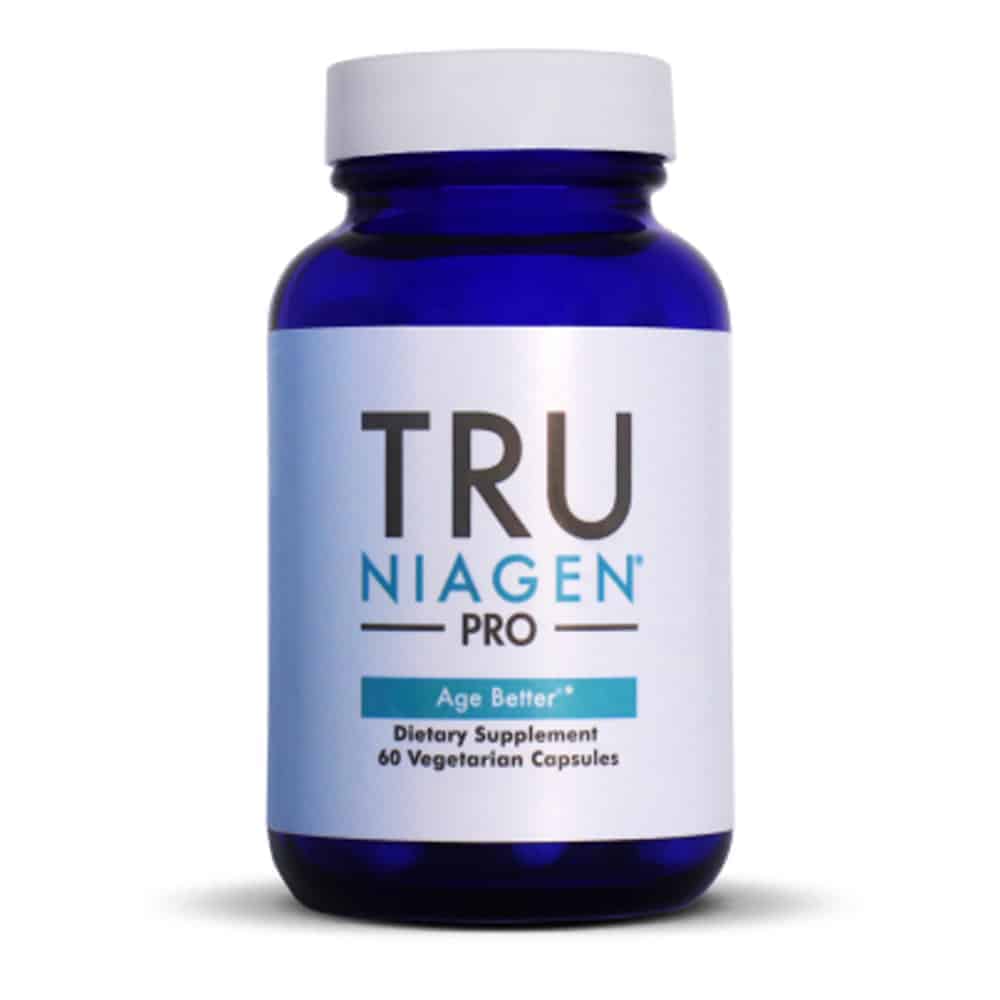
Beyond our desires to stay youthful as long as possible, NAD+ may be able to help us prevent many age-associated diseases and health declines. It has been gaining so much attention in the scientific research community that high-profile academic institutions and research organizations like Google and Harvard have been conducting their own research.
While the research into NAD+ is certainly exciting and promising, it’s important to remember that much of the potential benefits have only been observed in animals or laboratory settings. And as I’ve mentioned before, results from animal models don’t always translate well to humans.
So, have you tried taking NAD+ supplements? Tell us about your experience in the comments below!
If you are interested in buying NAD+ supplements, click here.
References:
http://www.jneurosci.org/content/20/9/3139.short
https://www.ncbi.nlm.nih.gov/pubmed/15350639
http://science.sciencemag.org/content/355/6331/1312
https://www.ncbi.nlm.nih.gov/pmc/articles/PMC2586852/
https://academic.oup.com/jn/article-abstract/11/1/67/4725348
https://www.ncbi.nlm.nih.gov/pmc/articles/PMC2776484/
https://www.ncbi.nlm.nih.gov/books/NBK234146/
http://news.mit.edu/2014/in-the-blink-of-an-eye-0116
https://www.sciencedirect.com/science/article/pii/B9780128096857000101
https://www.ncbi.nlm.nih.gov/pubmed/20078222/
https://www.cell.com/cell/fulltext/S0092-8674%2813%2900645-4
https://www.ncbi.nlm.nih.gov/pmc/articles/PMC3405151/
https://www.nature.com/articles/nrm2233
https://www.ncbi.nlm.nih.gov/pubmed/19298183?dopt=Abstract
https://www.ncbi.nlm.nih.gov/pmc/articles/PMC5737637/
https://www.sciencedirect.com/science/article/pii/S0092867404004167?via%3Dihub
http://science.sciencemag.org/content/350/6265/1208.long
https://www.nature.com/articles/ncomms13103
https://www.sciencedirect.com/science/article/pii/S1896112615000504?via%3Dihub
https://www.annualreviews.org/doi/10.1146/annurev.biochem.73.011303.073651
https://www.scientificamerican.com/article/why-does-the-brain-need-s/
https://www.ncbi.nlm.nih.gov/pubmed/15134388
https://www.ncbi.nlm.nih.gov/pubmed/9013405
https://www.ncbi.nlm.nih.gov/pubmed/17127275
https://www.ncbi.nlm.nih.gov/pubmed/19353253
https://www.ncbi.nlm.nih.gov/pmc/articles/PMC5061741/
https://www.ncbi.nlm.nih.gov/pmc/articles/PMC2823454/
https://www.nature.com/articles/cdd2015134
https://www.cell.com/cell-metabolism/fulltext/S1550-4131(15)00266-1
https://www.ncbi.nlm.nih.gov/pmc/articles/PMC4346380/
https://www.sciencedirect.com/science/article/pii/S1081120610625951?via%3Dihub
https://www.ncbi.nlm.nih.gov/pmc/articles/PMC4346380/
https://www.ncbi.nlm.nih.gov/pmc/articles/PMC5525320/
http://stm.sciencemag.org/content/9/377/eaai8700
https://www.ncbi.nlm.nih.gov/pubmed?Db=pubmed&Cmd=ShowDetailView&TermToSearch=28709938
https://www.sciencedirect.com/science/article/pii/S0306452206016617
https://www.ncbi.nlm.nih.gov/pmc/articles/PMC3616265/
https://www.ncbi.nlm.nih.gov/pmc/articles/PMC2806106/
https://www.ncbi.nlm.nih.gov/pubmed/30725213
http://science.sciencemag.org/content/352/6292/1436.long
https://www.ncbi.nlm.nih.gov/pubmed/29570999
https://www.nature.com/articles/ncomms12948
* These statements have not been evaluated by the Food and Drug Administration. The product mentioned in this article are not intended to diagnose, treat, cure, or prevent any disease. The information in this article is not intended to replace any recommendations or relationship with your physician. Please review references sited at end of article for scientific support of any claims made.
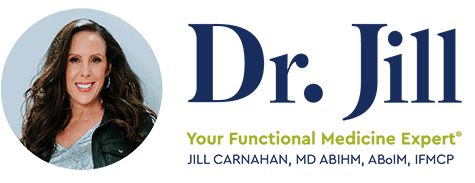



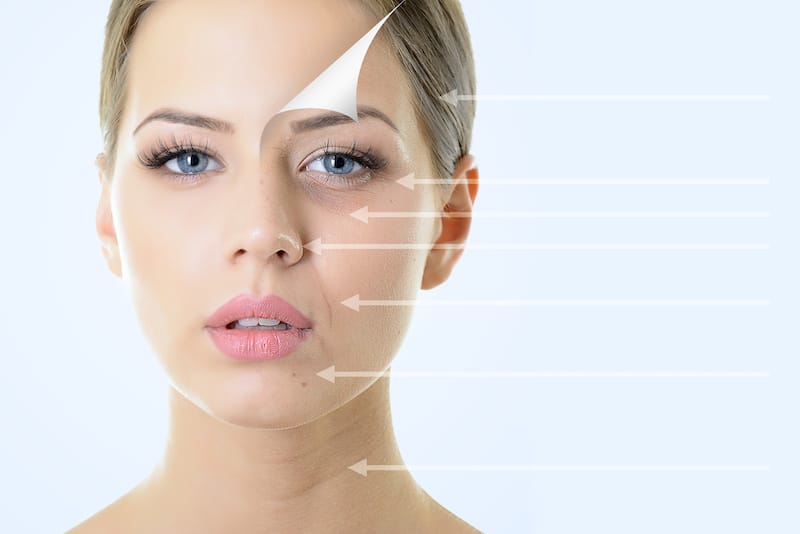

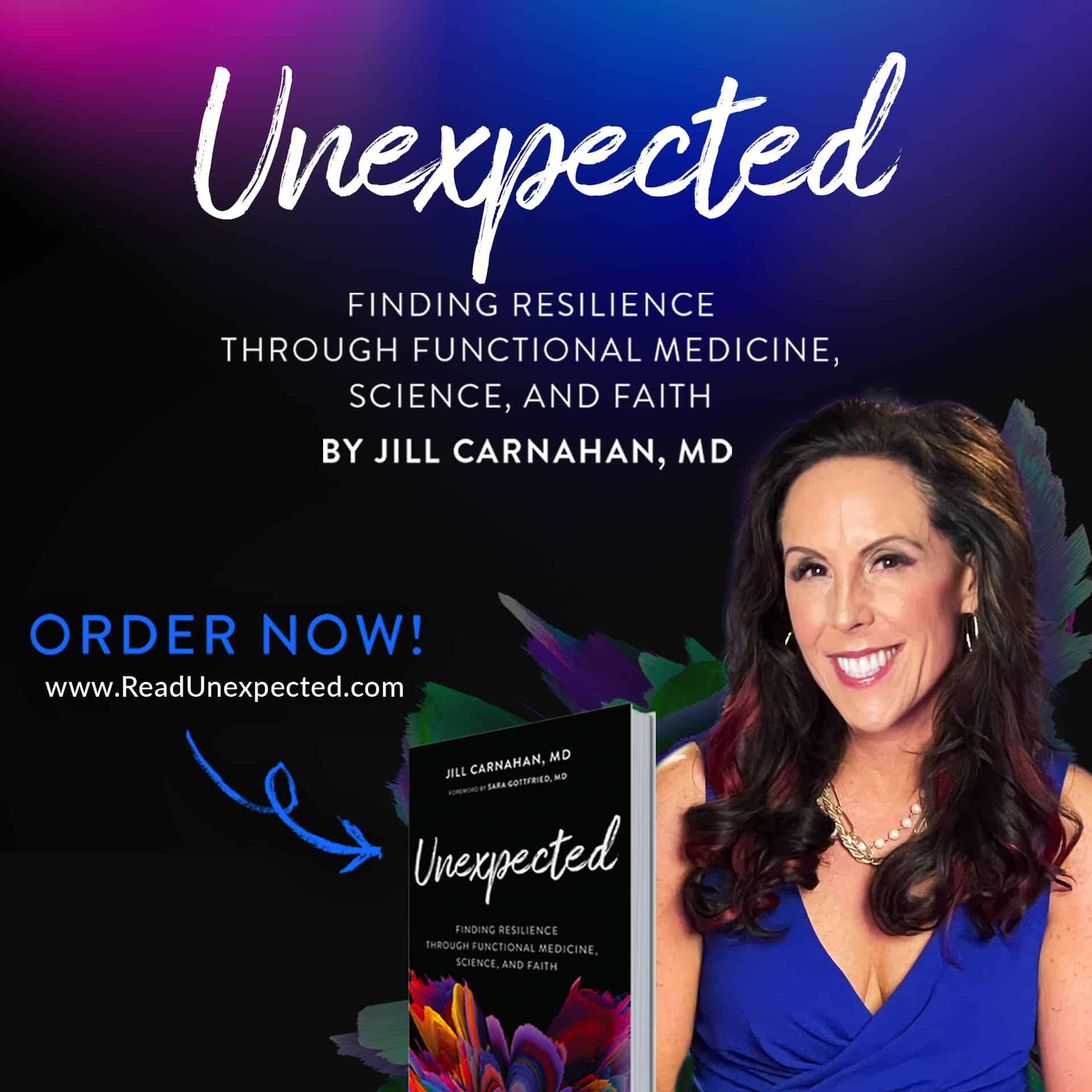

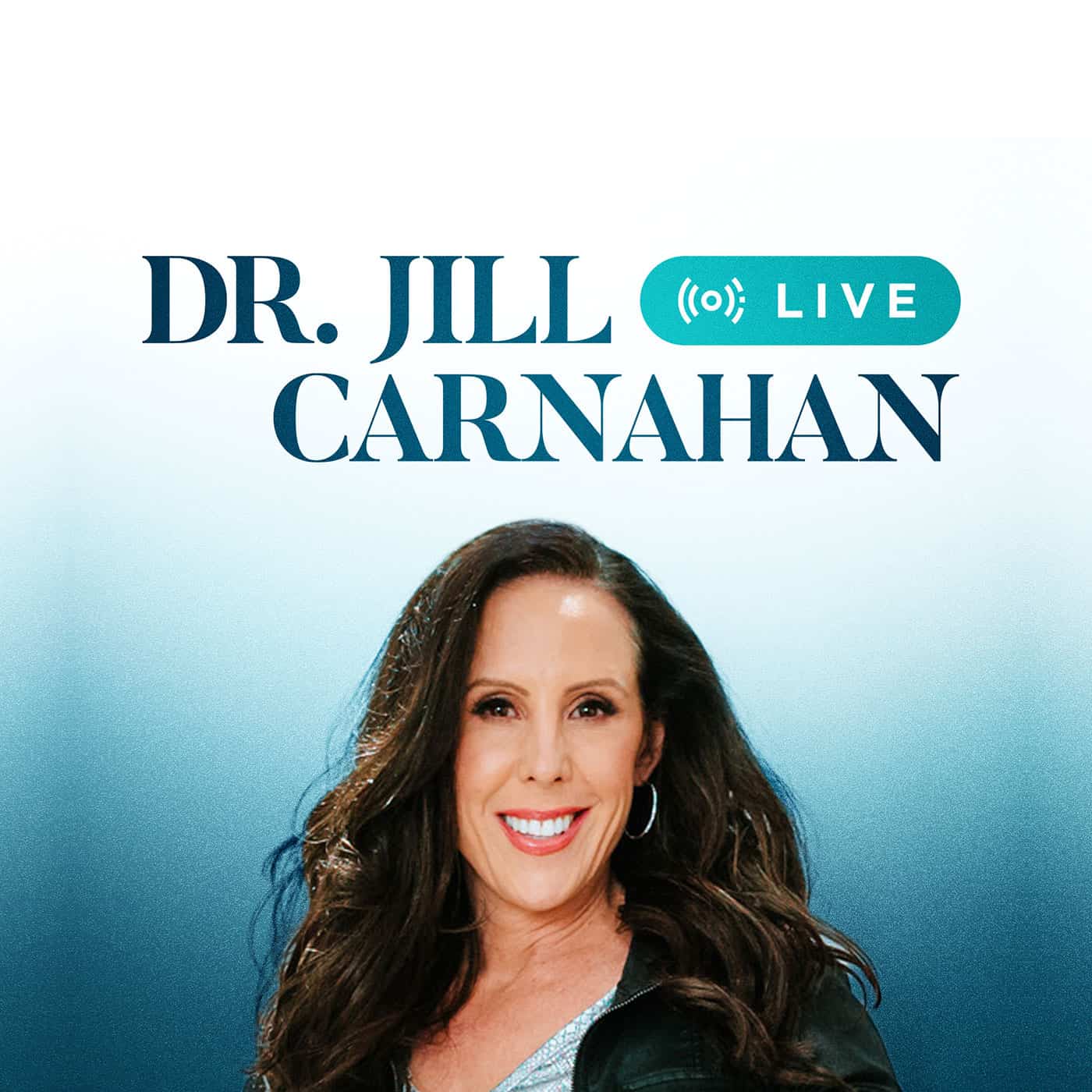
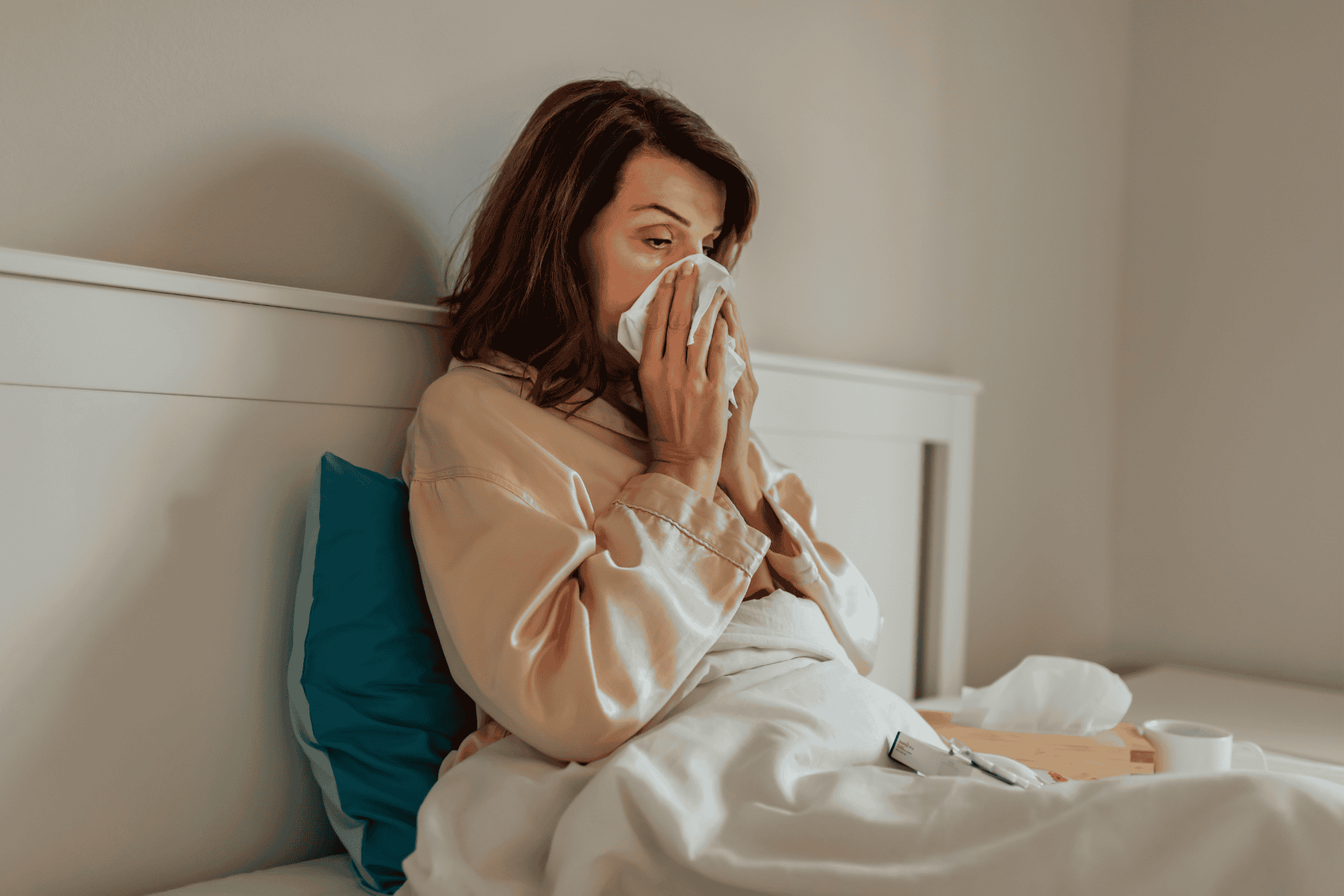


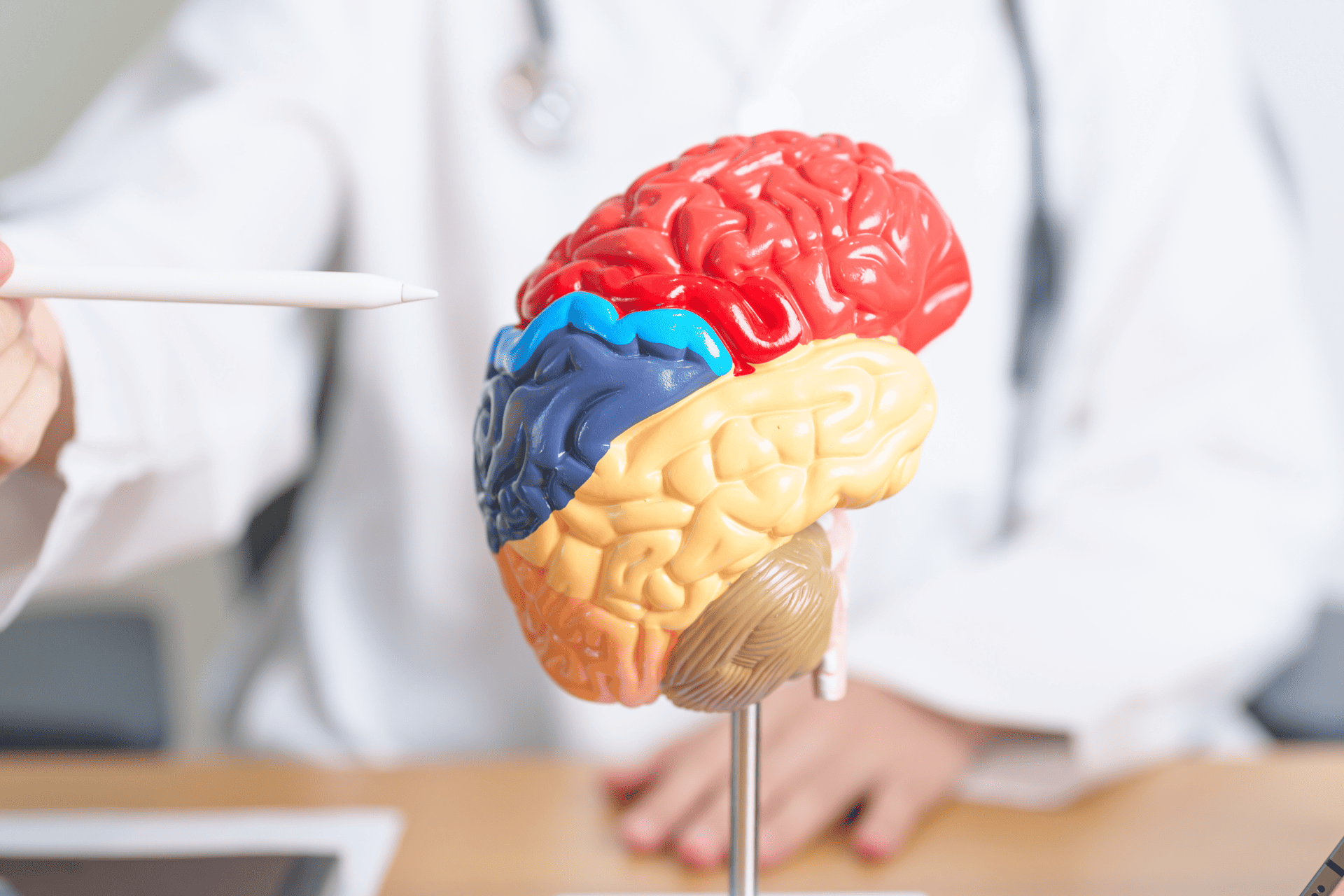
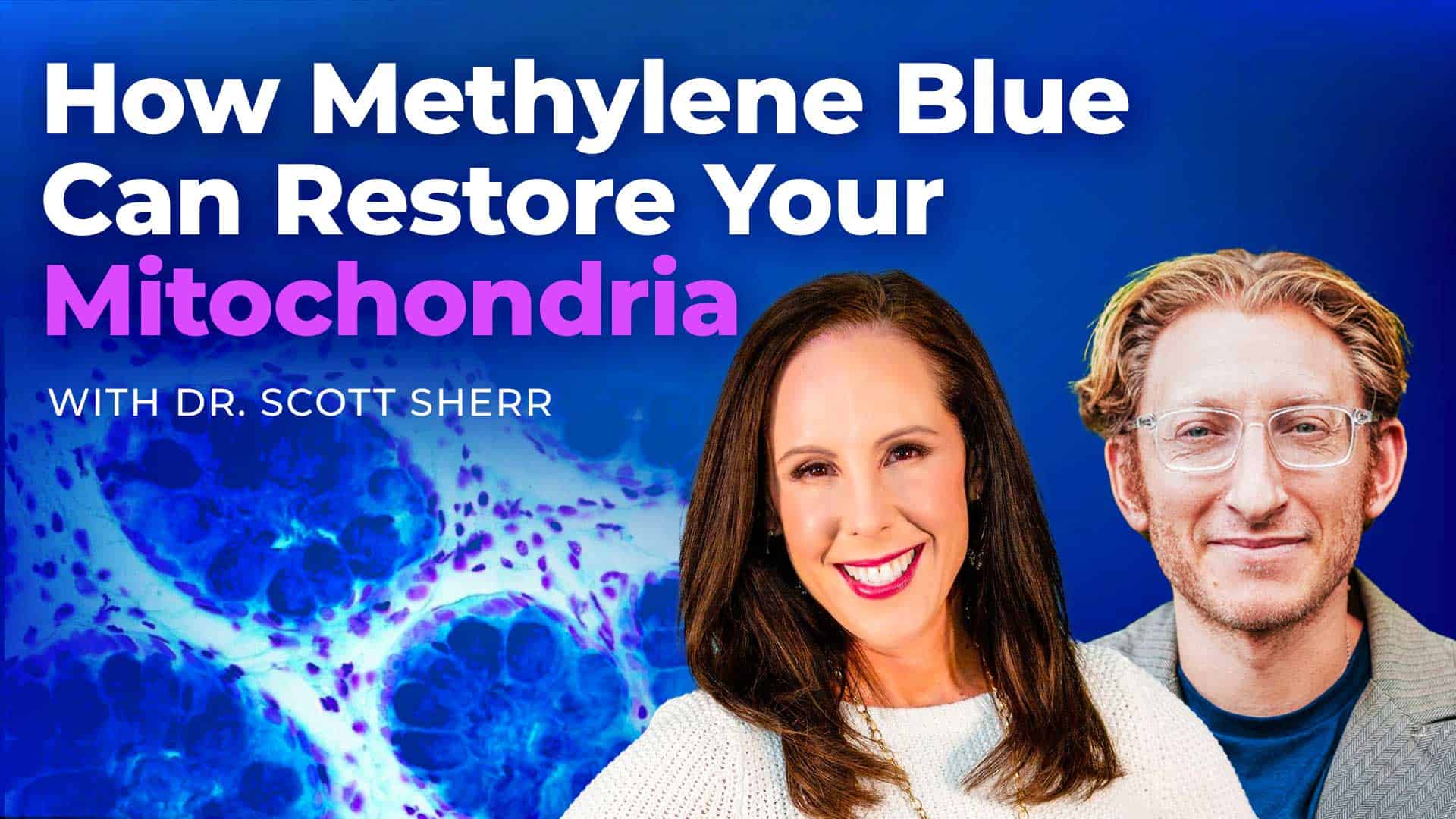
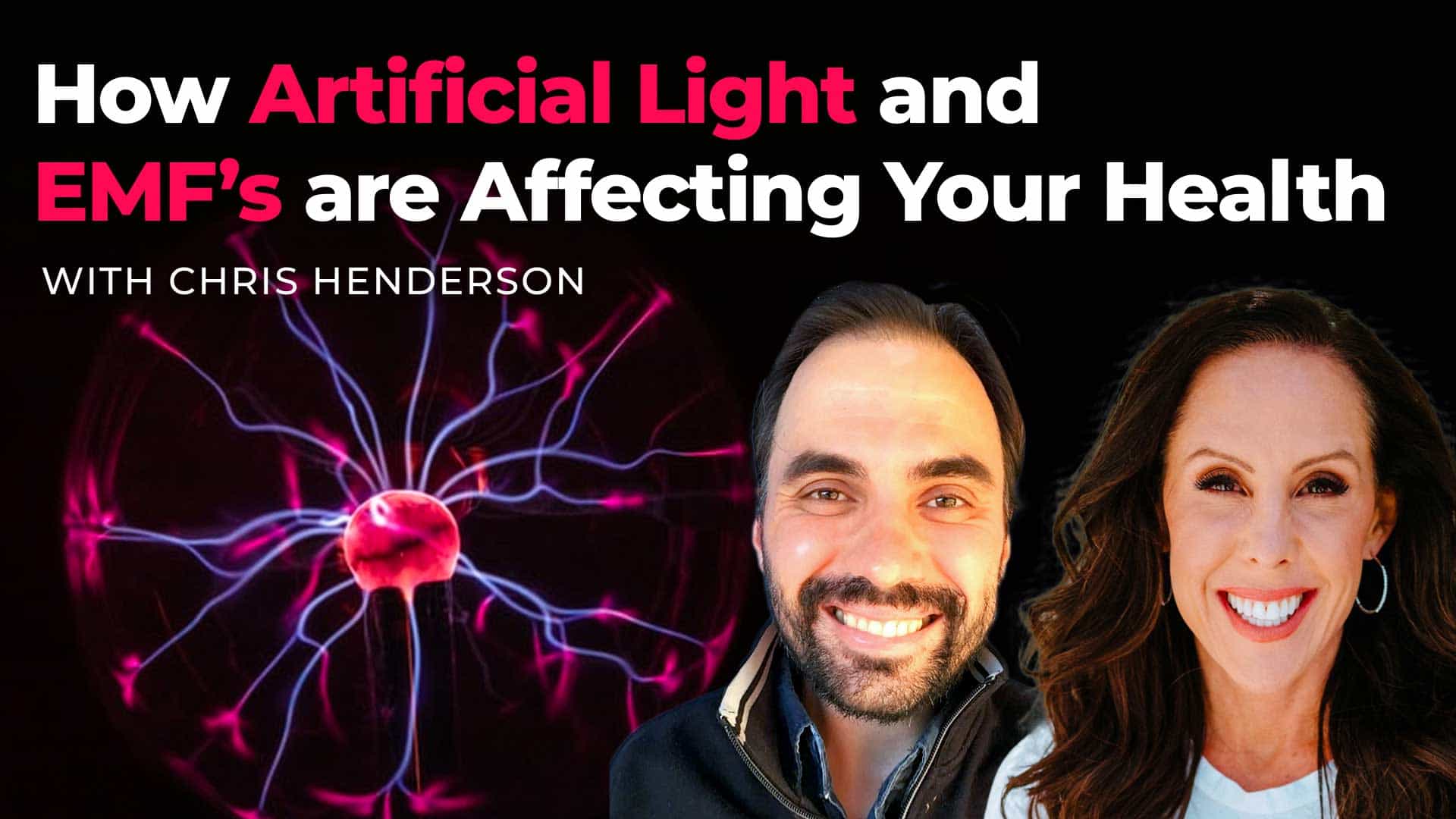
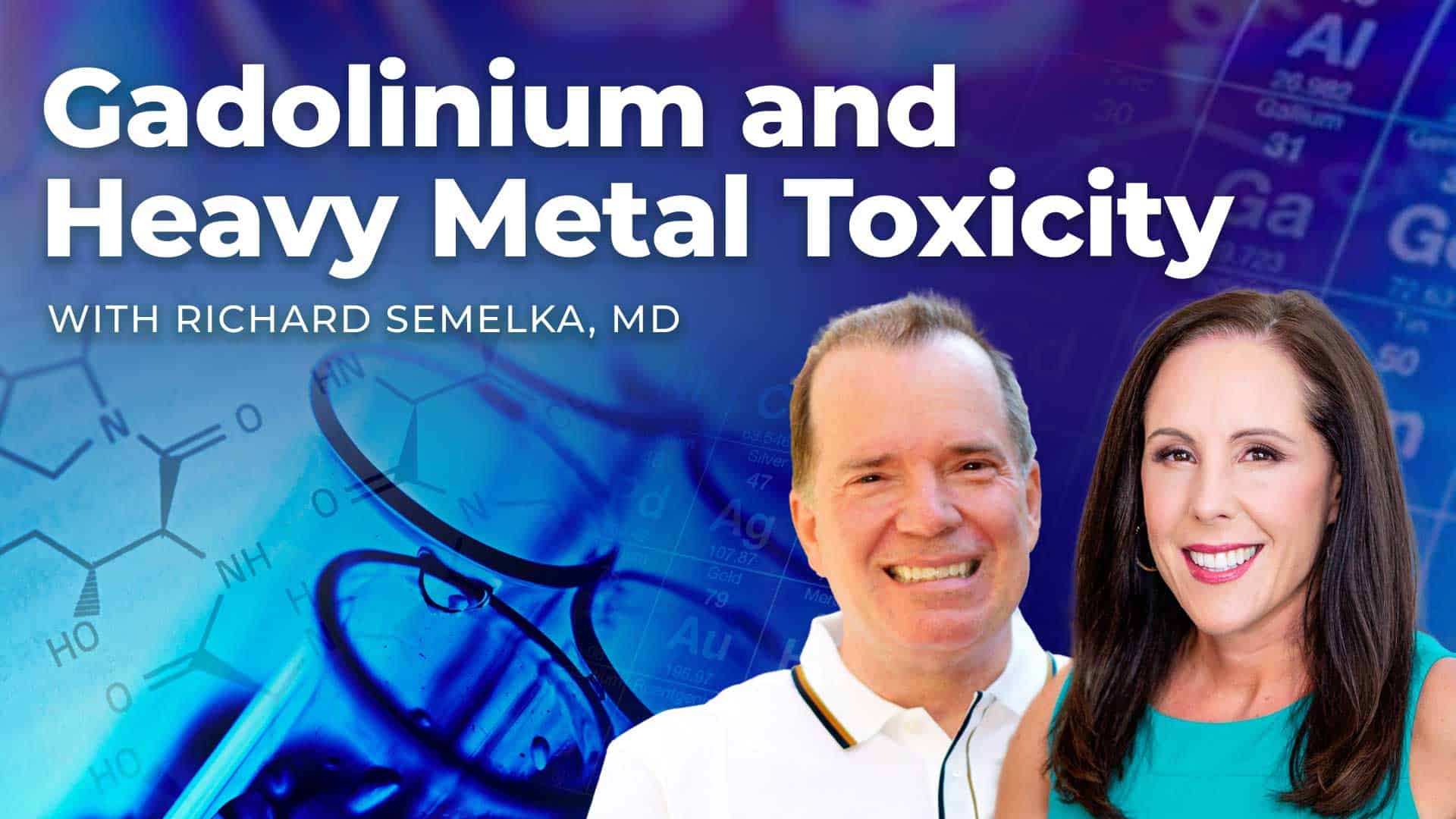
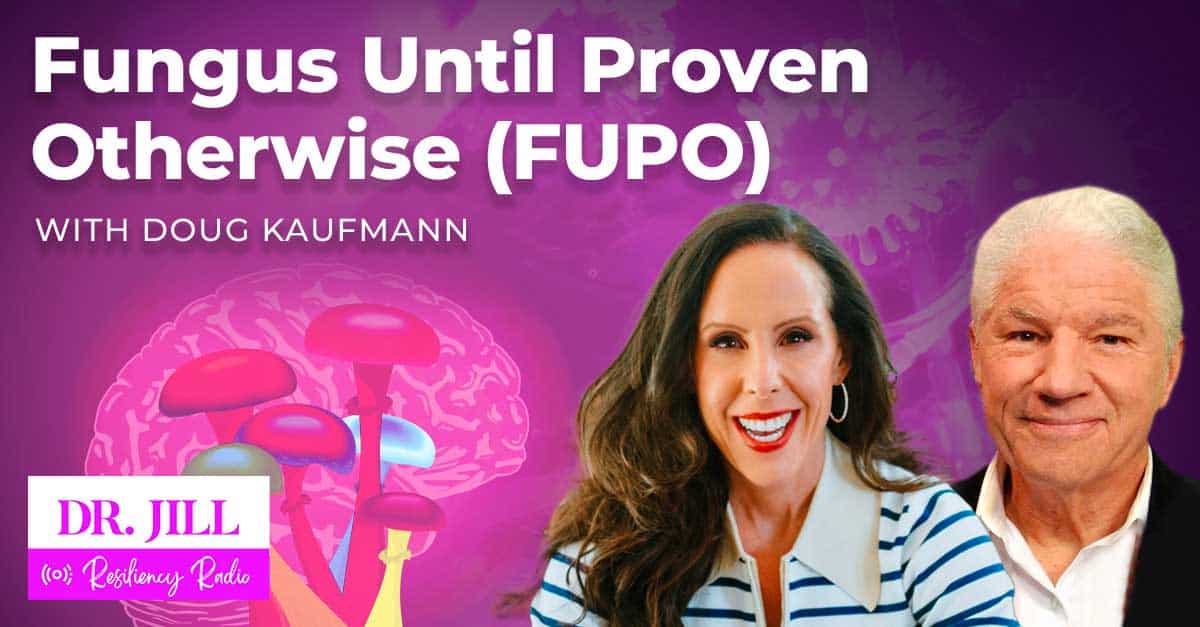


17 Comments
Dr. Jill
I’m considering intravenous NAD+ after 4.5 years of treating Lyme and coinfections, heavy metals, mold, and most recently going gluten-free after blood showed high antigliadin levels. It’s horribly expensive, but extreme fatigue has been my my worst symptoms. Any thoughts or patient experiences about IV use of NAD+?
Thanks for the info!
Nicole Martin
Yes, I LOVE IV NAD+ and plan to start offering soon at our clinic. Worth every penny 😊
But isn’t extracellular NAD a STRESS signal?? Chris Masterjohn has discussed this with Dr Peter Attia and others, and has written about it on his own site. I’d have serious reservations about IV: Chris says: “everything we know about what NAD is used to activate suggests that extracellular NAD is a stress signal. For example, NAD activates granulocytes, which are cells in the immune system. Granulocytes kick in a response of vasodilation and a general inflammatory response. That’s probably why people who report injecting NAD are reporting getting such strongly uncomfortable on-fire responses from taking it.”
NAD+ can degranulate mast cells but overtime actually decreases histamine response powerfully. The reaction diminishes over time
Thanks!
I presume that means it may help MCAS.
Are you worried that elevating NAD can fuel cancer?
NAD Metabolism in Cancer Therapeutics
https://www.ncbi.nlm.nih.gov/pmc/articles/PMC6315198/
yes, actually – this is a real concern 😊
Thank you so much for the response, Dr. Jill. Many of my family members including myself have appointments to come see you. Until we do, my wife had Thyroid cancer last year, and is now in remission. I know you are in remission from cancer (Breast cancer, I believe). Thus, I’m curious if you take NAD, and by extension, is it safe for my wife? I thought NAD would help her heal at the cellular/mitochondrial level from the stress of RAI treatment, but we certainly wouldn’t want to take anything that would fuel cancer. We love the anti-aging benefits of NAD, specifically nicotinamide riboside, but certainly wouldn’t want to increase cancer risk. Doesn’t matter much if you look young if you get cancer. Curious how you reconcile the risk-return profile of NAD? Very, very much appreciated!
Jill,
Excellent review. The best I have seen on this subject. I still have 1 burning question. In an individual, the only way I see to determine if you need a supplement for nad is to measure levels. I am not aware of a reliable commercially available test, are you? Also, for a patient already taking niacin for lipid control, does adding an nad supplement further increase nad levels? What does the nad supplement taken by itself do to lipids if anything?
Ira Goodman MD FACS ABIHM FAARM
I don’t know of any reliable labs
Hi Jill, this is an Excellent report. I have CFS, Fibromyalgia, PsA, OA, to name only a few. I often get something that i call – “Main Power Off” – Zero energy, Brain fog, disoriented.
I would live to try your NAD+. Unfortunately it is unaffordable for me.
Thank you for this article.
Dinyar
Hello Dr Jill,
Thank you very much for your informative blogs.
I have left my home in Michigan 2 months ago and moved to North Carolina when I found out there was mold in the home .
We have left all the furniture behind..
Right now we are in North Carolina with no beds or any other kind of furniture ,sleeping on the carpet. Is it true that nothing can
be saved and we have to start from scratch ?
My Husband does not understand this and I would greatly appreciate your reply .
Thank you very much
Ameena
If you check out mold free living blog there are ways in which you can treat your items! It takes energy, a lot of work and patience. It also depends upon how sick you are. I was able to successfully remediate my house and belongs, and I’m well on my way to healing. Keep the faith. There is light at the end of the tunnel. Sending love and support.
Dr. Jill;
Excellent report on NAD+/ NADH; VERY well-written, breaks it down nicely. Ronald Reagan isn’t the only “great communicator”! Being fair-complexioned, thus prone to the Niacin-flush, I learned that it can be minimized with high-dose vitamin C (to bowel tolerance-we all have a different bowel tolerance, but the niacin flush is histamine mediated and as long as there’s on G6PD deficiency, high-dose C has antihistaminic properties that allows higher doses of Niacin/B3 to be consumed–but C should be dosed several times/d)
Keep up the great work!
Rusty
Well, it sounds very promising except for this, “High levels of NAD+ can alter the NAD+/NADH ratio, thereby disrupting cellular homeostasis and promoting cancer.” I wonder exactly what is a “high level” and is it concerning enough that we shouldn’t supplement with NAD+?
I was wondering the same thing. I have a mutation in the BRCA1 gene, putting me at a very elevated rusk of breast cancer (the cancer indicated in the study if you click the link). Even though I’ve had preventative surgery, there is still a small amount of tissue left, so I need to be cautious. I also suffer from fibromyalgia and CFS, so I found the article very interesting.
Share: